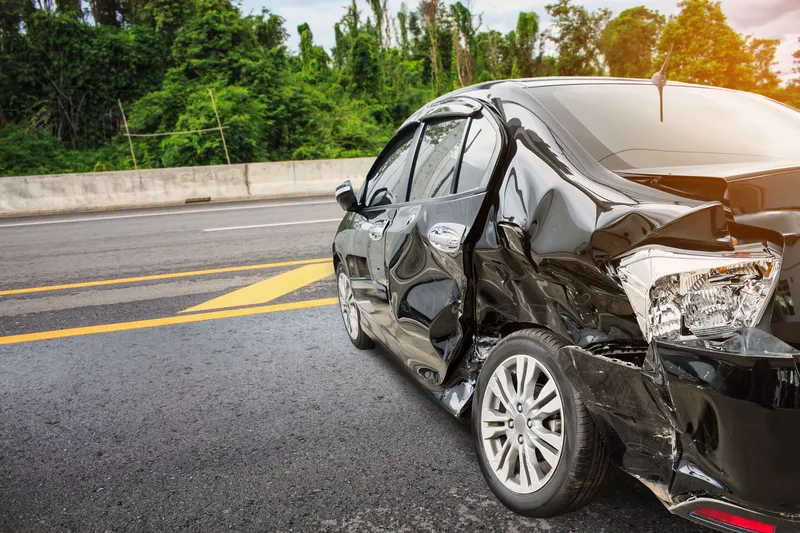Following UK government figures which revealed that only 34% of heavy goods vehicles (HGVs) are fully loaded by volume, and 30% are travelling around empty, the Campaign for Better Transport (CfBT) is calling for distance based lorry charging systems to be made compulsory. The campaigners stated that the technology can determine the impact of lorries on roads and force the road haulage industry to be more efficient and reduce lorry miles. CfBT added that and it should be included in the HGV VED and Road Use
November 20, 2017
Read time: 2 mins
Following UK government figures which revealed that only 34% of heavy goods vehicles (HGVs) are fully loaded by volume, and 30% are travelling around empty, the Campaign for Better Transport (CfBT) is calling for distance based lorry charging systems to be made compulsory. The campaigners stated that the technology can determine the impact of lorries on roads and force the road haulage industry to be more efficient and reduce lorry miles. CfBT added that and it should be included in the HGV VED and Road User Levy budget.
Recent research for the campaign showed that HGVs are only paying around 30% of their costs in road congestion, road fatalities and pollution. These conclusions are in line an MDS Transmodal study in 2007 which found a similar amount of underpayment: £6billion. In addition, the Transport & Environment Research April 2016 revealed that HGVs across the EU were only internalising around 30% of their costs.
CfBT also believes that the system could differentiate charging based on vehicles’ pollution and incentivise newer less polluting vehicles.
Philippa Edmunds, Freight on Rail manager said: “Currently, road haulage is very competitive but not efficient. Introducing distance-based lorry charging, which is common-place in most Western countries, will make road haulage more efficient and thereby reduce congestion, road fatalities, road damage and pollution as well as allowing sustainable modes to compete more fairly. For example, in Germany empty lorries have reduced from 29% to 18%.”
Recent research for the campaign showed that HGVs are only paying around 30% of their costs in road congestion, road fatalities and pollution. These conclusions are in line an MDS Transmodal study in 2007 which found a similar amount of underpayment: £6billion. In addition, the Transport & Environment Research April 2016 revealed that HGVs across the EU were only internalising around 30% of their costs.
CfBT also believes that the system could differentiate charging based on vehicles’ pollution and incentivise newer less polluting vehicles.
Philippa Edmunds, Freight on Rail manager said: “Currently, road haulage is very competitive but not efficient. Introducing distance-based lorry charging, which is common-place in most Western countries, will make road haulage more efficient and thereby reduce congestion, road fatalities, road damage and pollution as well as allowing sustainable modes to compete more fairly. For example, in Germany empty lorries have reduced from 29% to 18%.”









